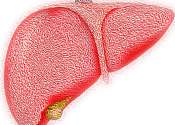FRESH 3-D-printing platform paves way for tissues, organs
Research into 3-D bioprinting has grown rapidly in recent years as scientists seek to re-create the structure and function of complex biological systems from human tissues to entire organs.
Feb 16, 2021
0
82









